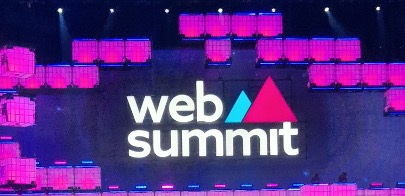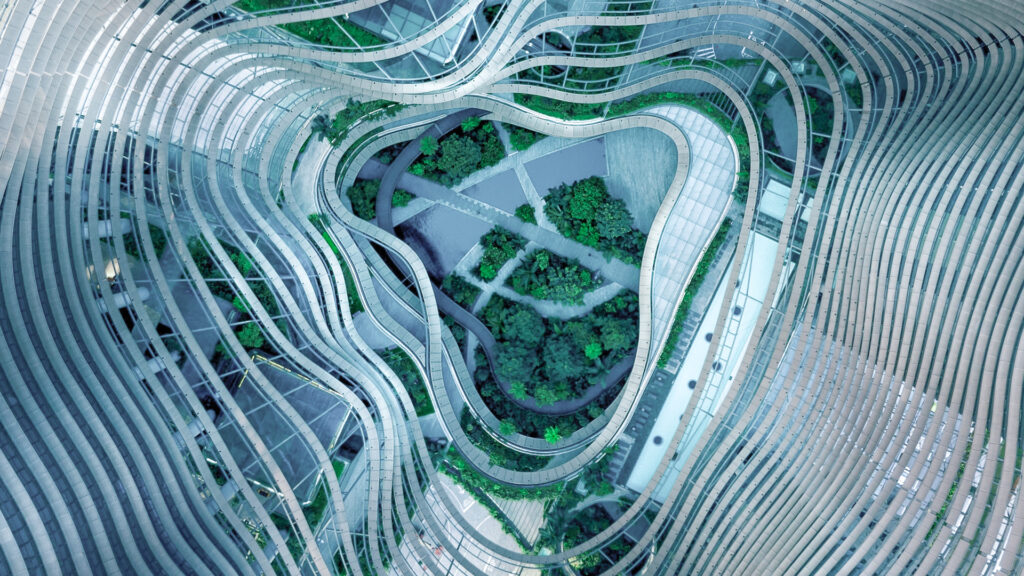Last month, I spent some time in Lisbon attending the last two days of this year’s Web Summit. Alongside many great introductory meetings and spending some time exploring one of Europe’s most beautiful cities in Lisbon, I also picked some interesting insights into how the tech landscape might evolve and develop next year, and the differing views there are about the major issues.
Attendees
The first major takeaway for me was the proportion of stands representing various trade agencies and other governmental organisations, such as bodies encouraging inward investment or promoting startups from their respective. Many of the startups pitching and with stands were there courtesy of their nation’s respective trade or startup promotion agency, and vast spaces of the venue being taken up by various nations (including the German Park and the British Department for Business & Trade).
While this should not be massively surprising – the public sector has contributed greatly over the past few years in the growth of Web Summit to what it is today – but the lack of corporate presence on the booths and in the attendees did strike me.
While this is partially explainable by the withdrawal of some following Paddy Cosgrave’s comments on events unfolding in Gaza, it also suggests a more profound shift away from predominantly public-sector funded events by corporates.

AI at the Forefront
It will not come as a surprise to anybody reading this piece that AI dominated discussions – both the pre-scheduled discussion sessions and the general conversation between attendees on the floor.
Whether it be books, healthcare or transport, the future role of AI was keenly debated – with the only point of agreement among guests being to respectfully disagree. However, there were three key takeaways from the debates that were particularly noteworthy:
- There is little communication within industries as to where AI is being used. This is particularly acute in the marketing and content creation spheres, where the phrase ‘I hadn’t thought of using AI in that way’ was frequently said.
- There was a general split between those who want to keep the momentum going when it comes to AI development, and those who want to pause and take greater stock of the potential implications of continuing development at the current rate, with 50:50 splits on the issue when straw polls were taken of the audience. While this split is not surprising, I was struck by the lack of explicit debate on where the line is drawn for AI becoming a genuine hazard rather than an occupational risk.
- Priorities and attitudes towards AI varies dramatically depending on the industry, with very different ideas of where AI can be of most benefit and where efforts should go (more on this below).
Healthtech: The Place for AI and Making it in the Industry
Due to my experience working on this year’s CHISEL Healthcare InnoMatch Challenge, before arriving at Web Summit, my thoughts of on the place of AI in healthcare centred around novel solutions to detect illness and prevent injuries to the vulnerable. However, as I heard to more opinions on the topic, it became clear that while these solutions were most welcome in the industry, these technologies generally have a long road to navigate before being viable for use on a large scale. In the shorter term, using AI for the automation of more mundane administrative tasks and reducing the operational workload on healthcare staff was where the majority of speakers saw its best use.
There were also interesting insights into what institutions look for before working with and adopting new technologies. Rather than business models and financials, winning hearts and minds is far more important for success in the industry. This includes peer reviews of your technology and articles, being fully robust on security and bootstrapping.
Greenwashing: Is the Word Overused?
Another key area of discussion was climate tech, and if corporates are investing and doing enough to bring about the necessary change to meet their climate goals.
There were three key takeaways from these discussions:
- There are many opportunities for investment besides climate reduction and capture technologies, such as technologies and initiatives relating to increasing and sustaining biodiversity and reducing and utilising wastage. While this point was initially made regarding VCs, this lack of focus also impacts businesses across industries. In many cases, the most drastic change in reducing climate impact is not necessarily reducing carbon emissions.
- Too many nations are still reliant on businesses to make voluntary action in many areas. The specific case of the UK government’s recent U-turn on the reporting of food waste data was illustrated as an example of this.
- Some companies are apprehensive about announcing climate action, and in some cases about taking any action at all, due to fears over being accused of greenwashing. While the word is rightfully used in some instances, the discussion pointed to businesses having their heart in the right place on the whole, and that the culture of shaming businesses who try and take action needs to be calmed. This is especially of true of areas where no large scale emission-free solution exists, such as the containers of certain items and heavy transport.
Conclusions
Taken as a whole, Web Summit opened my eyes to the variety of different perspectives there are across and between industries, and where different groups see different technologies playing a role – especially in the health and climate tech speces.
Working with startups on a daily basis as we do at IoT Tribe, it is pivotal that we keep our finger on the pulse of opinion across industries so we can provide the best possible support for startups as they expand.
While I could write a dissertation on all my takeaways from Web Summit, I hope this has provided a summary of where the conversation is heading in certain areas.


